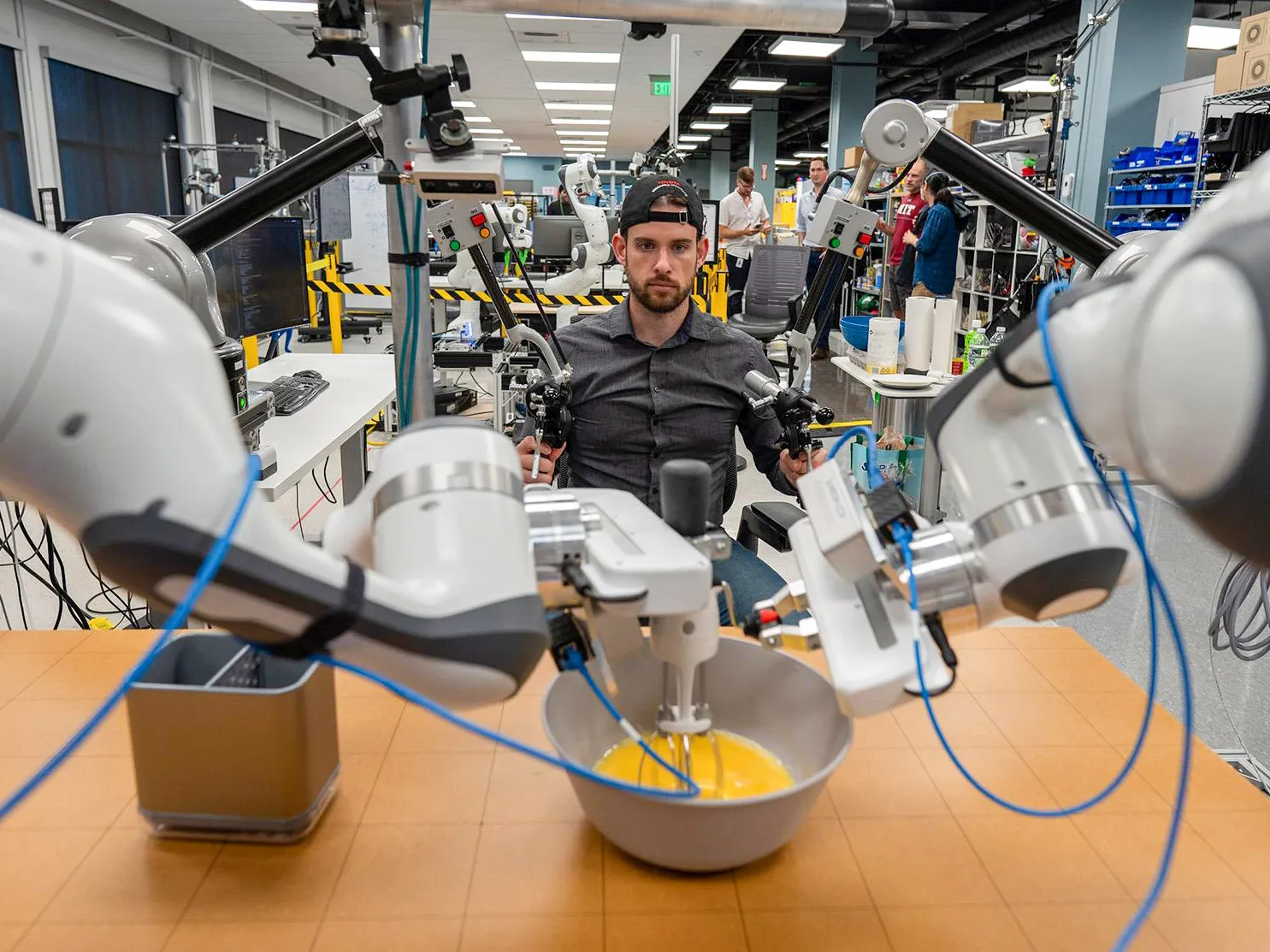
MIT Technology Review journalist Melissa Heikkilä talks to Russ Tedrake, Vice President of Robotics Research at TRI, about how researchers use generative AI and other techniques to teach robots new skills—including tasks they could perform in homes.
"For a long time, robotics research was an unforgiving field, plagued by slow progress," writes Heikklä. "Instead of the traditional painstaking planning and training, roboticists have started using deep learning and neural networks to create systems that learn from their environment on the go and adjust their behavior accordingly. At the same time, new, cheaper hardware, such as off-the-shelf components and robots like Stretch, is making this sort of experimentation more accessible."
One popular method for teaching robots is imitation learning, where models learn to perform tasks by imitating the actions of a human teleoperating a robot or using a VR headset to collect data on a robot, for example.
"By pairing this technique with generative AI, researchers at the Toyota Research Institute, Columbia University, and MIT have been able to quickly teach robots to do many new tasks. They believe they have found a way to extend the technology propelling generative AI from the realm of text, images, and videos into the domain of robot movements," Heikkilä writes.
"A lot of people think behavior cloning is going to get us to a ChatGPT moment for robotics," said Tedrake.
Read the full article here.